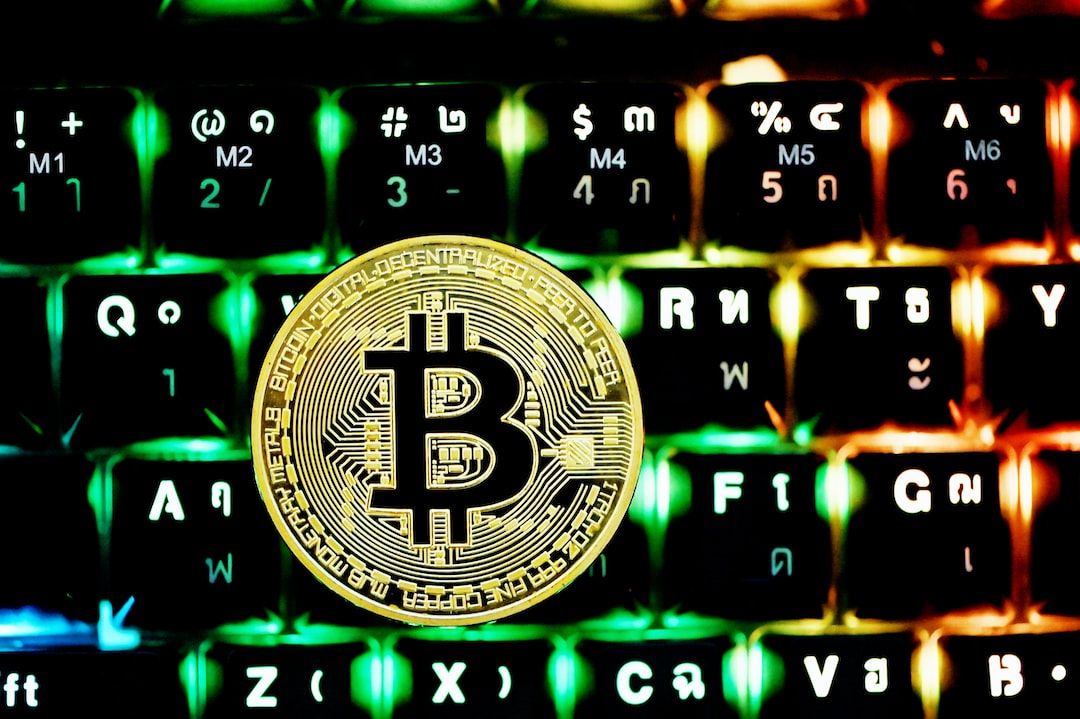Tether Resumes USDT Loans to Clients
Stablecoin issuer Tether has announced that it is resuming lending USDT to clients, reversing its decision from last year to stop issuing loans. According to Tether’s latest quarterly financial update, the company reported an increase in USDT-denominated loans, with around $5.5 billion in loans as of June 30th. Tether spokesperson Alex Welch confirmed that the company has begun extending new loans to clients in order to prevent liquidity depletion and disruption and to assist clients in avoiding selling their collateral at unfavorable prices. However, Tether has provided limited information about who is borrowing the tokens or what collateral they are using.
Tether’s Contrasting Announcement
Tether’s decision to resume loans contradicts its previous announcement to reduce secured loans in its reserves to zero. This announcement was made after the collapse of FTX and aimed to restore trust in the market. The increase in loans has raised concerns about Tether’s ability to handle excess redemptions. It also comes at a time when Tether has gained dominance in the stablecoin space after USDC experienced a decline in market share.
Tether Criticizes Reporting and Defends Actions
Tether has defended its decision to resume lending and criticized the reporting surrounding it. The company stated that traditional financial institutions are failing to meet customer requirements and are struggling to keep up with evolving global financial markets. Tether emphasized that it has excess reserves of over $3.3 billion and projected a healthy profit of $4 billion, which helps offset secured loans and maintain a healthy balance sheet. Tether also announced its expansion beyond fintech through a strategic investment in a German-based provider of data center and cloud environment services, Northern Data Group.
Hot Take: Tether Resumes USDT Loans Amidst Controversy
Tether’s decision to resume lending USDT to clients has raised questions about the stability of the stablecoin issuer. While Tether defends its actions and highlights its excess reserves and projected profits, critics argue that the lack of transparency regarding borrowers and collateral poses risks. The controversy surrounding Tether’s operations and the scrutiny from traditional financial institutions and media outlets like the Wall Street Journal continues to cast doubt on the future of stablecoins. As the crypto market evolves, it remains to be seen how Tether’s actions will impact its reputation and the wider industry.





 By
By
 By
By
 By
By
 By
By
 By
By
 By
By